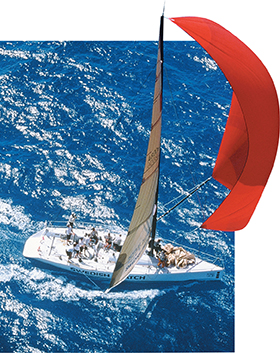Figure 8 A cheetah's speed may be as fast as 90 km/h. To describe the cheetah's velocity, you must also know the direction in which it is moving.

Velocity
The cheetah is the fastest land animal in the world. Suppose a cheetah, running at 90 kilometers per hour, is 30 meters from an antelope that is standing still. How long will it be before the cheetah reaches the antelope? Do you have enough information to answer the question? The answer is no. Sometimes knowing only the speed of an object isn't enough. You also need to know the direction of the object's motion. Together, the speed and direction in which an object is moving are called velocity. To determine how long it will be before the cheetah reaches the antelope, you need to know the cheetah's velocity, not just its speed.  Velocity is a description of both speed and direction of motion. Velocity is a vector.
Velocity is a description of both speed and direction of motion. Velocity is a vector.
Figure 8 shows a cheetah in motion. If you have ever seen a video of a cheetah chasing its prey, you know that a cheetah can change speed and direction very quickly. To represent the cheetah's motion, you could use velocity vectors. You would need vectors of varying lengths, each vector corresponding to the cheetah's velocity at a particular instant. A longer vector would represent a faster speed, and a shorter one would show a slower speed. The vectors would also point in different directions to represent the cheetah's direction at any moment.
A change in velocity can be the result of a change in speed, a change in direction, or both. The sailboat in Figure 9 moves in a straight line (constant direction) at a constant speed. The sailboat can be described as moving with uniform motion, which is another way of saying it has constant velocity. The sailboat may change its velocity simply by speeding up or slowing down. However, the sailboat's velocity also changes if it changes its direction. It may continue to move at a constant speed, but the change of direction is a change in velocity.
Figure 9 As the sailboat's direction changes, its velocity also changes, even if its speed stays the same. Inferring If the sailboat slows down at the same time that it changes direction, how will its velocity be changed?





